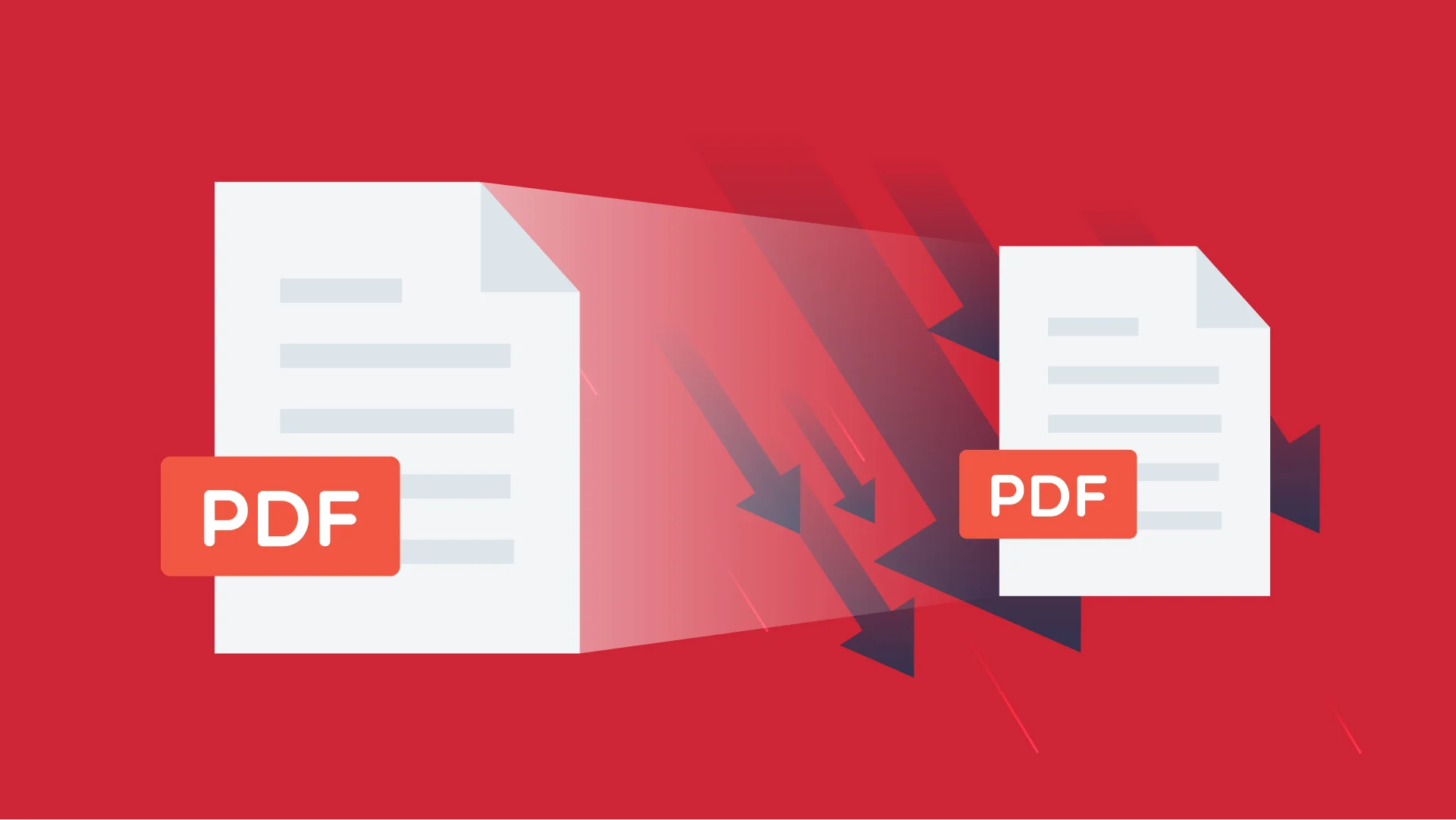The digital age has provided organizations with a multitude of tools to streamline their document management processes. One of the most powerful tools is PDF compression, which can significantly reduce the size of any given document, thereby making it easier to store, transmit and process. By compressing PDF documents, organizations can save time and money, while also ensuring that their documents are accessible and secure. In this blog post, we will discuss the role of PDF to Word compression in document management systems, and how it can benefit organizations in a variety of ways. We will explore the different types of compression available, such as lossless and lossy compression, as well as the advantages and disadvantages of each. Additionally, we will cover tips and best practices for using PDF compression to ensure that documents are managed efficiently and securely. Finally, we will discuss how some document management systems incorporate PDF compression into their workflow to automate the compression process and maximize its effectiveness.
1. Reducing the size of PDF documents
PDF compression is an essential feature of any document management system. Reducing the size of PDF documents can be invaluable, especially when managing large numbers of documents. PDF compression software can help compress PDF files quickly and efficiently, while preserving the quality of the document. This can help free up disk space and reduce the amount of time spent downloading and transmitting documents. Additionally, smaller PDF documents can also be more easily shared and stored in the cloud. With PDF compression, document management systems can easily reduce file sizes and manage hundreds of documents with ease.
2. Improved document management
PDF compression can play a major role in improved document management by reducing file size and the time and resources necessary for document management tasks. Compressing a PDF file can reduce its size by up to 90%, thereby reducing the time and bandwidth needed to transfer it. This can significantly reduce storage space and improve document search speed. Additionally, compressing a PDF document allows users to easily share and collaborate on documents, even when there are size or bandwidth restrictions. With the use of PDF compression, document management tasks such as storage, search, and retrieval can be improved and made much more efficient.
3. Faster loading time
PDF compression is essential when it comes to improving loading times for documents within document management systems. By compressing a PDF file, the document size is significantly reduced, thereby reducing the amount of time it takes for a document to load. Additionally, compressing PDFs also reduces the amount of data that needs to be stored within the document management system, which can further improve loading times. By utilizing PDF compression, businesses can significantly improve the speed of document loading, ultimately creating a more efficient document management system.
4. Easier to share and store
PDF compression is essential to the success of any document management system. With a smaller file size, documents can be more easily shared and stored. This is especially helpful when it comes to sending large files, as the smaller file can be sent faster and with fewer issues. Additionally, it reduces the amount of storage space required. This means the same amount of data can be stored in less physical storage space, leading to cost savings. PDF compression also ensures documents remain secure, as the files cannot be edited without specialized software.
5. Improved security and privacy of documents
PDF compression can play an important role in improved security and privacy of documents. PDF compression allows documents in sensitive formats such as financial statements to be compressed into a smaller size for storage and transmission, making them harder to access, modify or delete. Compression also helps reduce the amount of data stored, thus reducing the risk of a breach. Additionally, it can protect document owners from malicious attacks by making the file size too small to be realistically attacked. This added layer of security and privacy is invaluable in an increasingly digital world.
In conclusion, PDF compression is a powerful tool for document management systems. It helps reduce the size of PDF files, making them easier to store, share, and view. Additionally, it eliminates any potential malware or viruses that may be embedded in them. With the right compression tools, businesses can easily manage their PDF files and ensure the security of their documents.
